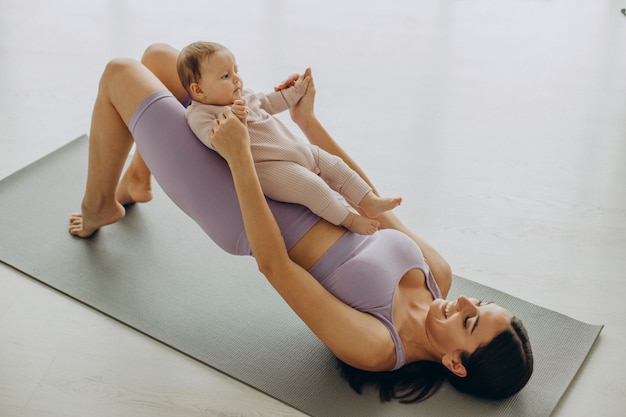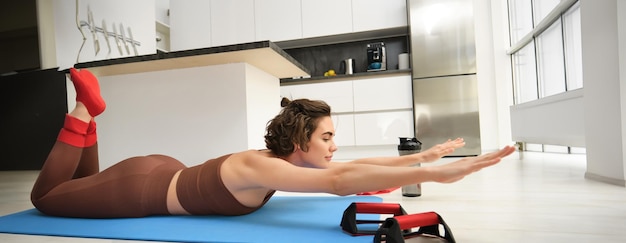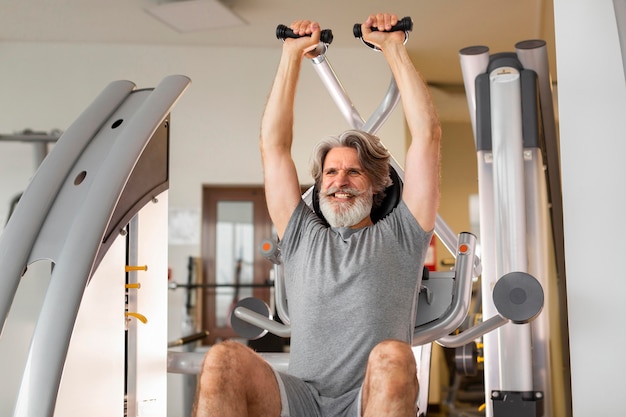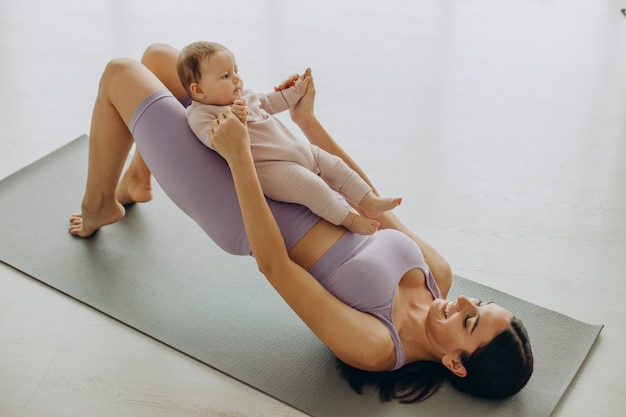Free Weights or Machines? The Best Strength Training Choice for New Moms to Reduce Stress
Becoming a new mom is one of life’s most rewarding experiences—but it can also be overwhelming. Between sleepless nights, feeding schedules, and adjusting to a new routine, stress levels can skyrocket. One of the most effective, science-backed ways to manage stress is regular strength training. But with so many options, should new moms focus on free weights or machines?
Spoiler alert: both can help. The real answer depends on your fitness level, time availability, goals, and comfort. This guide breaks down the benefits of free weights versus machines, offers practical weekly targets, and includes essential safety tips—specifically designed for new moms.
Why Strength Training Helps Reduce Stress
Strength training isn’t just about building muscle—it’s a powerful tool for mental wellness. Lifting weights helps regulate stress hormones like cortisol, boosts endorphins, and improves sleep quality. For new moms, even 20 minutes of resistance exercise a few times a week can lead to noticeable improvements in mood and energy levels.
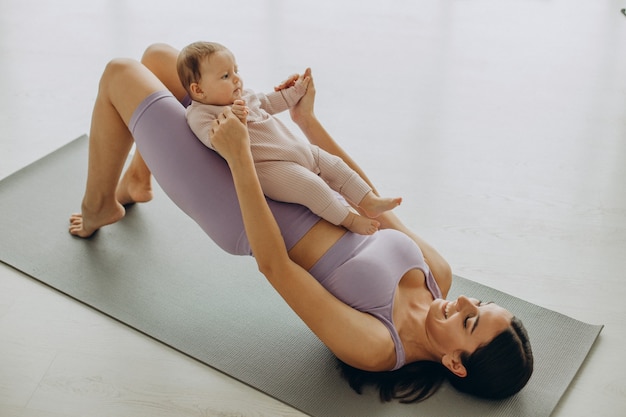
Free Weights: Pros and Cons for New Moms
Pros:
- Functional strength: Free weights (like dumbbells and kettlebells) engage stabilizing muscles, improving balance and coordination—skills that help with lifting babies and carrying car seats.
- Time-efficient: You can perform compound movements (like squats or lunges with weights) that work multiple muscle groups at once—perfect for busy schedules.
- Flexible and portable: Light dumbbells can be used at home, making workouts easier to fit in during naps or quiet moments.
Cons:
- Higher injury risk if form is poor: Without proper technique, free weights can strain joints—especially if you're returning to exercise postpartum.
- Steeper learning curve: Beginners may feel unsure about how to start safely.
Machines: Pros and Cons for New Moms
Pros:
- Safer for beginners: Machines guide your movement, reducing the risk of improper form and injury—ideal if you're easing back into fitness.
- Great for isolation: They allow you to target specific muscles, which can help rebuild core and pelvic floor strength after childbirth.
- Predictable resistance: You can gradually increase weight with confidence, tracking progress easily.
Cons:
- Less functional: Machine movements don’t always mimic real-life actions.
- Less portable: Not ideal for home workouts unless you have space and budget.
Tips for Choosing What’s Right for You
- Start with machines if you're new or returning postpartum. They offer stability and help rebuild foundational strength safely.
- Use free weights once you’re comfortable. They’re excellent for full-body workouts that save time.
- Combine both for best results. For example, use a leg press machine for quad strength, then add dumbbell lunges for balance and function.
- Focus on form, not weight. Quality over quantity prevents injury and builds confidence.
- Listen to your body. Postpartum recovery varies—avoid exercises that cause pelvic pressure or pain.
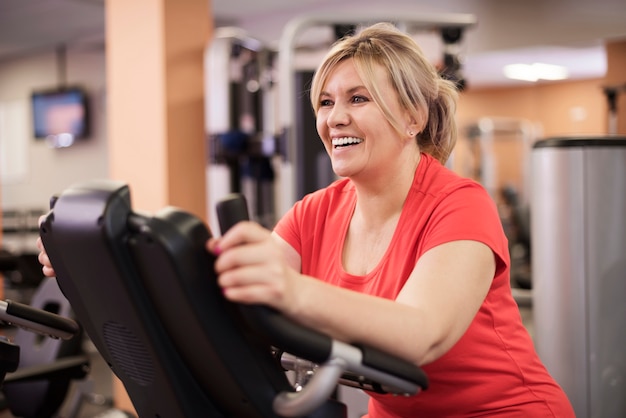
Weekly Strength Training Targets for New Moms
Aim for consistency, not intensity. Here’s a realistic weekly plan:
- Frequency: 2–3 strength sessions per week (20–30 minutes each).
- Focus: Full-body workouts or split routines (upper/lower body).
- Exercises: 6–8 movements total (e.g., machine chest press, dumbbell rows, goblet squats, pelvic tilts).
- Reps and sets: 2–3 sets of 10–12 reps with light to moderate weight.
- Rest: 30–60 seconds between sets.
Safety Reminders for New Moms
- Get clearance from your healthcare provider before starting any exercise program postpartum.
- Avoid heavy lifting in the first 3–6 months unless approved.
- Engage your core properly—learn diaphragmatic breathing and pelvic floor activation.
- Watch for diastasis recti (abdominal separation); avoid crunches if present.
- Stay hydrated and fuel well—especially if breastfeeding.
- Stop if you feel pain, dizziness, or unusual pressure.
Final Thoughts
Whether you choose free weights, machines, or a mix of both, the best routine is the one you can stick to consistently and safely. For new moms, reducing stress is just as important as physical strength—and strength training delivers both.
Start small, be patient with your body, and celebrate every step forward. You’ve got this.







